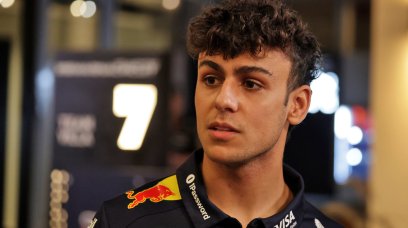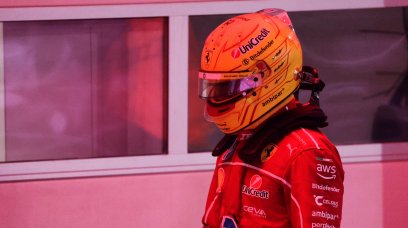F1's governing body, the FIA, are working towards a series of changes to the technical regulations for the 2023 season, in a bid to combat porpoising, RacingNews365.com understands. Following the Azerbaijan Grand Prix, the FIA took the decision to intervene in an attempt to protect drivers from the effect of severe – as they put it – "vertical oscillations". Lewis Hamilton, Daniel Ricciardo and a number of other drivers noted back pain at the end of that race, while Pierre Gasly revealed he was fighting through the weekend thanks to painkillers. The FIA issued a Technical Directive aimed at tackling porpoising and preventing teams from running a car that could put their drivers at risk (i.e. if a car bounces too much or too severely, the ride height must be raised or a team would risk disqualification). These measures were initially due to come into force at the French Grand Prix, before being pushed back to Belgium – when F1 returns from its summer break.
Short-term measures from the Belgian GP
On Thursday, a Technical Advisory Committee meeting was held between the FIA, Formula 1 and the Technical Directors of all 10 F1 teams. RacingNews365.com understands that both short-term measures and a long-term solution to porpoising were discussed, with the FIA welcoming a "constructive" approach to proceedings. At Spa-Francorchamps, several key measures will come into play, including a stiffening of the plank skids and clarification on how wear will be measured. In addition, a new metric will be introduced to quanitify the bouncing – which will need to stay below a prescribed value during races. F1 teams will be able to use this metric from the next round of the season in France to understand the effects on set-up. After an apparent reduction in porpoising at recent events, the short-term fixes are seen as necessary due to circuits coming up on the calendar where the effects could worsen again.
A long-term solution for 2023 onwards
These short-term measures are not considered to be the long-term solution to the porpoising problem, however. This is predominantly due to cars being expected to generate more downforce as the new era of technical regulations develops, leading to a worsening effect without further intervention. As such, several rule changes have been honed in on by the FIA for the 2023 season. These will include a 25mm raising of the floor edges, a raising of the underfloor diffuser throat, the introduction of more stringent lateral floor deflection tests and a more accurate sensor to help quantify the aerodynamic oscillation. All of the aforementioned measures will be submitted to the World Motor Sport Council for consideration and approval.
Most read









